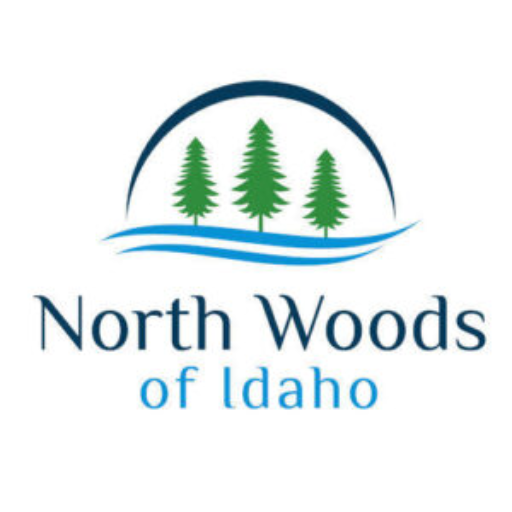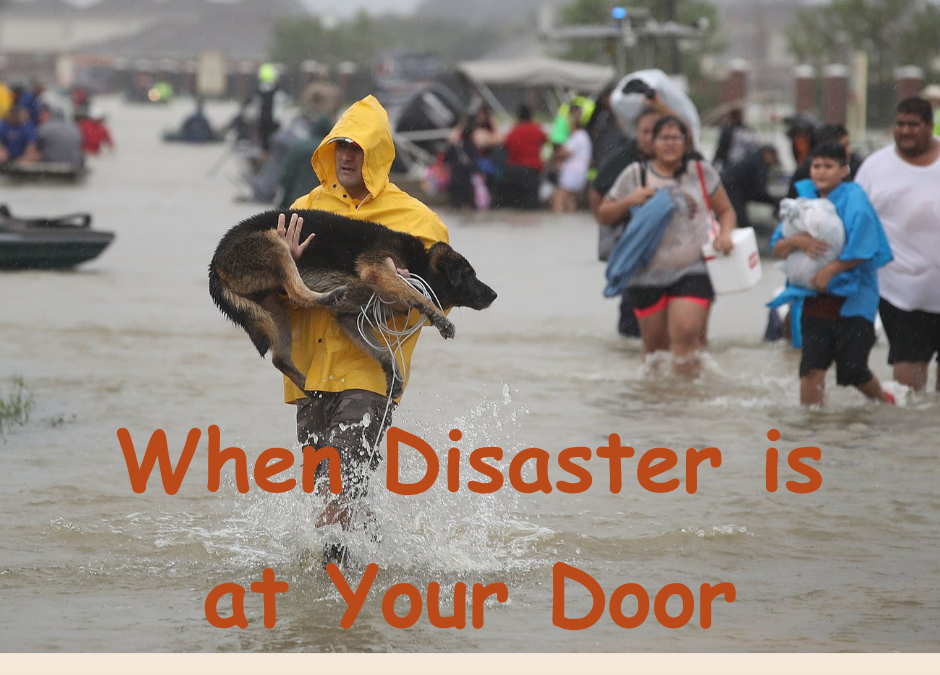When Disaster Is At Your Door
Every year the U.S. experiences an average of about 100 natural disasters. Most are severe thunderstorms, tornados or hurricanes but also include wildfires, heat or cold waves, droughts, floods and flash floods. On top of that, there are man-made disasters such as chemical spills, train derailments, or other unexpected events. The result can be thousands or even hundreds of thousands of people faced with loss of electricity and other services or even the possible loss of their homes…or their lives.
So what can you do to prepare your family ahead of time?
Start by thinking about who in your household would be affected in an emergency situation. Just you? Your family? Are there young children? Anyone elderly or disabled that might require additional help? How about pets or even livestock?
Next, identify the most likely emergencies you will face. Nearly 90% of American’s live in areas susceptible to natural disasters. Is your area prone to hurricanes? Earthquakes? Wildfires? Blizzards?
Plan Ahead
With those things in mind, take a close look at your entire property – whether you have hundreds of acres or just your apartment building. Consider ways that you can make your home less sustainable to damage. For example:
- Hurricanes: If you live in an area susceptible to hurricanes, you can plan ahead.
- Buy or build door and window coverings that you can store until needed then install quickly.
- Sandbags or water diversion tubes can redirect water away from your entryways
- Basements are very susceptible to flooding. A sump pump with a battery backup is critical.
- Disaster supplies such as flashlights, a battery powered radio, an alternate power source, and food/water for 3 days are essential.
- Secure loose items outside including patio furniture, grills, or other items.
- Wildfires: Many areas from the mountainous West to the woods and grasslands in the South battle wildfires annually. Ask your local fire experts about their recommendations.
- Clear brush and trees at least 50’ from structures
- Install a metal roof if possible
- Remove any flammable materials or fuel sources from near any structure
- Tornadoes: If you live in “Tornado Alley”, you know the sudden, unpredictable nature of these destructive storms.
- Build a safe room or shelter if possible. If not, know the best place in your home or nearby to take shelter.
- Be sure everyone in your family knows the terms “Tornado Warning” and “Tornado Watch” and what to do when alerted.
One item every household should prepare ahead of time is a family emergency binder containing critical family information and documents such as:
- Drivers’ licenses
- Medical insurance cards
- Vehicle registration and titles
- Home and auto insurance policies
- Copies of all credit cards
- Copies of prescriptions and list of allergies or other medical conditions
Get the GRAB-N-GO BINDER, an easy-to-use guide with more than 40 fillable PDF forms to help with this important step. It’ll make locating important information easy even without an emergency.
But no matter how prepared you are, you may be faced with an emergency that will force you to leave your home.
- Preplan a place to go and have at least one alternative. Have paper maps in case online apps are not available.
- Have an evacuation checklist preplanned. Go over the checklist and evacuation plans with everyone in your household.
- Have evacuation packs ready for each family member – and don’t forget your pets!
- Make arrangements for any additional mobility or support needs for family members that will need additional assistance.
If told to evacuate, DON’T WAIT!
- Grab your family emergency binder with all critical information and documents.
- Put your family evacuation packs in the car along with pets in their crates.
- Turn off utilities, lock the doors, and leave!
- Nothing is more important than the lives of your family (and pets).
Regardless of where you live or what you do to prepare, disasters and emergencies can impact your home and family at any time. Planning ahead and being pro-active can prevent panic and reduce property damage by preparing your family and home before disaster arrives at your door.


Great ideas and good reminders.